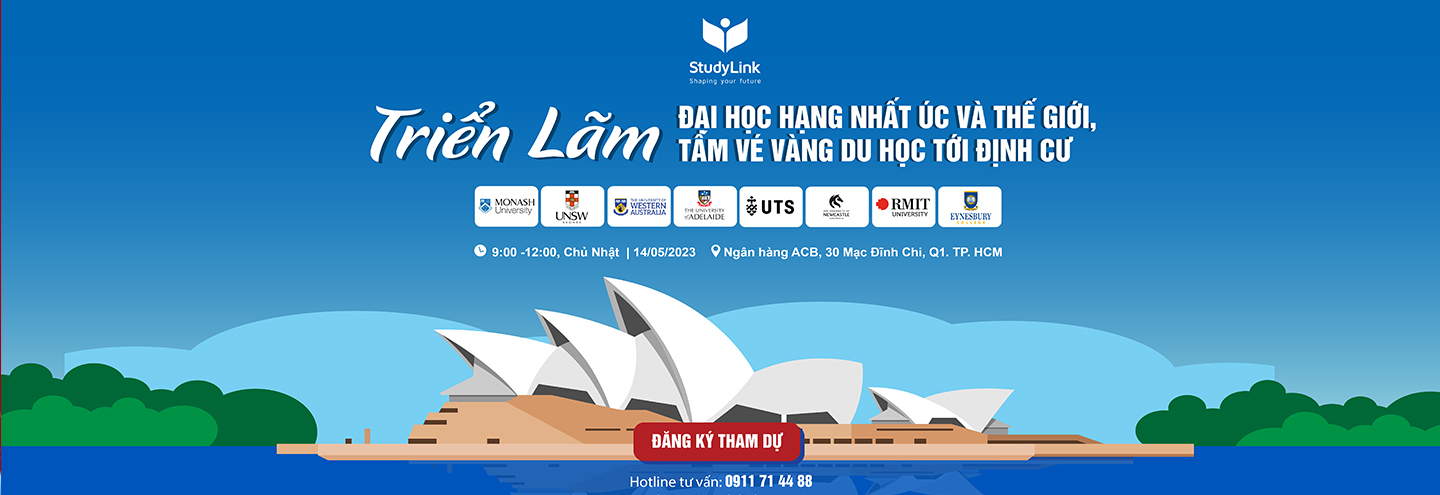Study in Philippines Overview
The Philippines is a beautiful island nation located in the Southeastern part of Asia, about 1.500 kilometers west of Vietnam via the South China Sea. This island nation is not only known as a resort paradise because there are many beautiful beaches and islands, but also a paradise for learning English in Asia.
Currently, the Philippines is attracting more and more international students from Japan, Korea, China, and Vietnam to learn English. With the advantage of the quality of teaching at English schools along with the learning environment and living with the primary language of English, students can quickly improve their English skills, while taking advantage of the opportunity to exchange culture through activities. Students can also learn, discover interesting and new things about the country and the people of the Philippines. Filipinos are very hospitable. Throughout the islands, festivals take place every day and foreign visitors are always welcome everywhere in the country.
- Capital city: Manila
- Currency: Peso Philippines
- Languages: English, Filipino
- Land area: 300.000 km2
- Population: 104.9 million (2017)

Philippines is the 5th largest English-spoken country in the world after the US, India, Pakistan, and Nigeria and ranks first in the countries with the best English proficiency in the world. Besides, the Philippines has a multicultural learning environment with more than 275 ISO-certified universities and educational institutions, becoming the center of excellence and one of the most developed centers in the world. In particular, with the establishment of many international schools in the US, UK, Australia, Canada, Japan, and a team of more than 115,000 faculty with a degree from Master to Ph.D., the Philippines has increasingly asserted its position in the global education market.
The education system of the Philippines is famous right from the primary level up to the bachelor level with the following specific grades:
Primary schools
The Primary level in the Philippines consists of the first 6 years of compulsory education (from grade 1 to 6) divided into 3 years of elementary and 3 years of intermediate with the age of 6-12 years old.
Secondary schools
Including 4 levels mainly based on the US school system. DepEd (Department of Education) assigns a compulsory curriculum to all public and private high schools, aged between 12 and 15 years old.
Vocational Education
Technical and vocational education from government or private establishments is often called college. Program durations vary from a few months to 3 years. Students completing the course will be tested by TESDA (Technical Education and Essential Skills) to receive the appropriate certificate or diploma.
College / Foundation / University
The creation of the CHED (Commission on Higher Education) was part of a major agenda in the reform of the Philippines education system, outlined by The Congressional Commission on Education Study (EDCOM) in 1992 with the purpose of improving the quality of education after high school. Part of the reform is three governing bodies: CHEDs for higher education and postgraduate; Department of Education (DepEd) in basic education and technical education; Technical Education and Skills Development Authority (TESDA) for engineering - vocational training and intermediate education.
What is even more special is that the Philippines education system is modeled on the United States education system (100% of the US curriculum). Therefore, if students studying in the Philippines have a need to transfer to the US, you will be completely assured, because there is no difficulty in the difference in the quality of training. Universities in the Philippines not only met the criteria of domestic organizations such as the Commission on Higher Education (CHED) but also recognized by Council for Higher Education Accreditation (CHEA).

Language study programs
Vietnamese students choose to study in the Philippines mainly in language study programs as the foundation for their long-term study abroad plans in the future. The curriculum focuses on the small number of students and especially maximizes the student's interaction.
The 1: 1 learning method, also known as Man to Man, is a teacher tutoring one student, widely available in Philippines English schools today. Since other countries like Singapore, UK, Australia, America mainly have class sizes of 10-15 students, and even more and the superiority of this form, English schools in the Philippines have such a strong attraction.
The 1: 1 method helps students to interact with teachers as much as possible, improve their weak skills, practice reflection and, most importantly, speak English confidently.
Most students studying abroad in the Philippines are short-term language studies so students should focus on their studies to complete their course. Part-time jobs in the Philippines are mostly given to native peoples.














